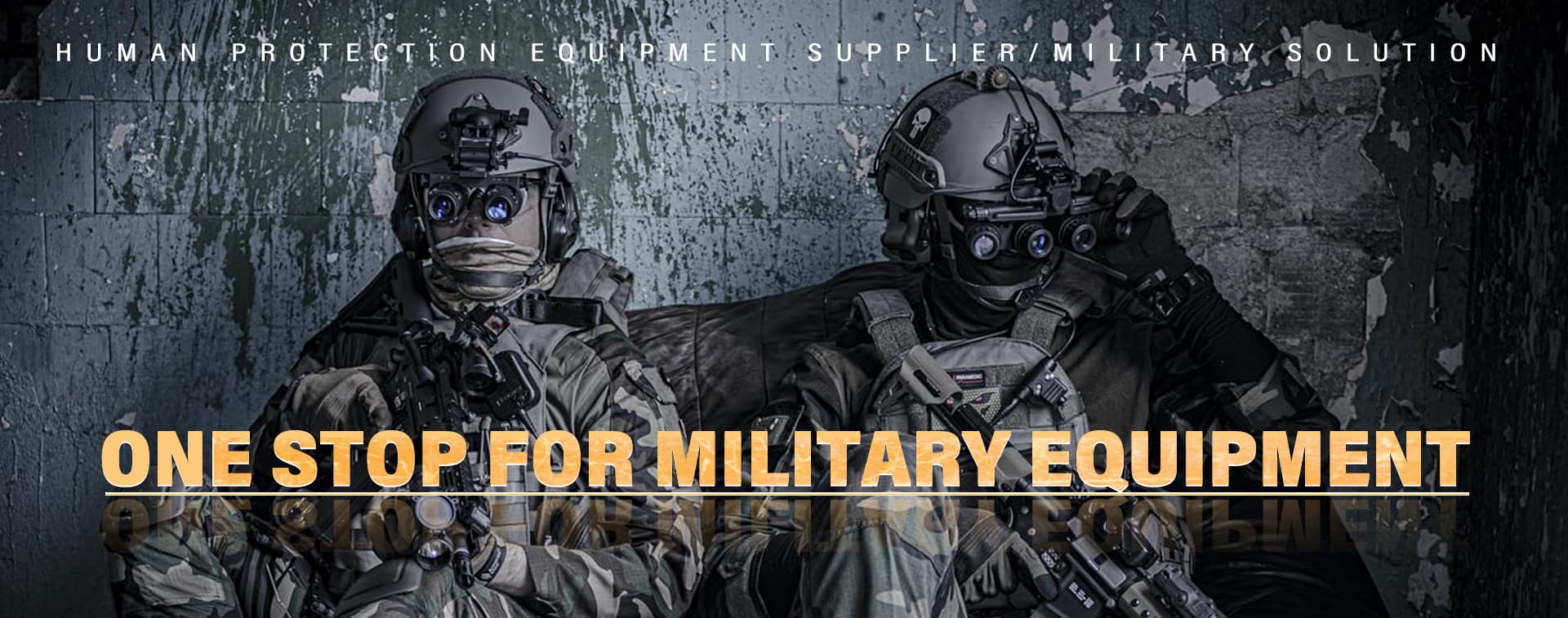Choosing the Right Bulletproof Vest
Feb 21, 2023
When choosing a bulletproof vest, it's important to consider the type of protection you need. Different vests offer different levels of protection, so you'll need to decide which one is right for you. For example, if you need a vest that can protect you from high-powered rifles, then you'll need to opt for a plate carrier with Level III or Level IV ballistic plates, made from multiple layers of bulletproof material. On the other hand, if you're looking for something to protect you in a situation where potential adversaries will be using smaller caliber handguns, then a Level IIA or Level IIIA soft vest, worn over or under clothing will be the right choice. Statistically, most crimes in the United States will be committed with handguns. In 2020, the ATF ran data analysis on 389,276 firearms recovered from crimes across the United States. Contrary to anti-gun rhetoric, which preaches that the 5.56x45mm rounds from the AR15 are the most dangerous and prolific rounds in the United States, the 9mm is by far the most common round found at crime scenes in America. In all the states except Montana and Puerto Rico (where criminals favor the .22 and the .40 caliber respectively) the 9mm is the undisputed king of gun crime. The 5.56x45 doesn’t even make it into the top 5, and the .223 ranks 13th.
According to the ATF’s numbers, a Level IIA soft vest should be enough to stop the most common threats, since it protects against both 9mm and .40 S&W, the two most popular handguns used in crimes. The IIIA, a slightly heavier option, offers protection from larger rounds such as the .45 ACP, .357 Sig, .357 Mag and .44 Mag. Of these calibers, the .45 and .357 still rank relatively high on the ATF’s list, so it’s a good idea for anyone to spend the extra money to get the security of more robust armor.
If you’re concerned about possibly taking rifle fire, Level III plates are rated to stop the AR15’s 5.56x45 rounds as well as 7.62x39 rounds from an AK-47 or .308 rounds from a high caliber bolt action rifle or AR-10. This type of armor is impossible to conceal under a shirt, and is usually worn by military personnel or law enforcement. Compared to the 145,815 9mm weapons traced by the ATF, the 9,032 5.56x45mm weapons in their database seem decidedly low, despite the AR15 being the most popular rifle in the United States. The .308 appears even less, with only 1,545 firearms traced.
For those who want only the highest level of protection, Level IV plates are available. These heavy duty armor plates are capable of defeating .30-06 Armor-Piercing Rounds. This large caliber round is only slightly less common than its .308 counterpart on the ATF’s list of traced calibers.
Criminal elements are most likely to use what’s available, concealable, and cheap. For the best in concealable bulletproof, protection, YF PROTECTOR recommends the vip3 bullet proof vest. This IIIA armor is designed to be lightweight and comfortable while being practical and effective. Worn over or under a shirt, it can also be upgraded with Level III or Level IV plates in its Velcro pockets to protect against greater threats. The VP3 is ideal for law enforcement, security and other professionals who seek reliable and comfortable protection.
Read More
